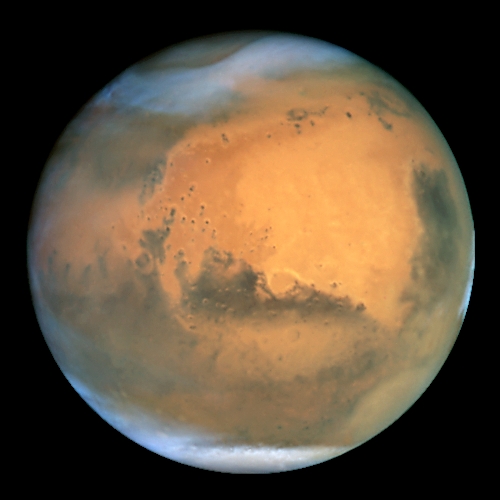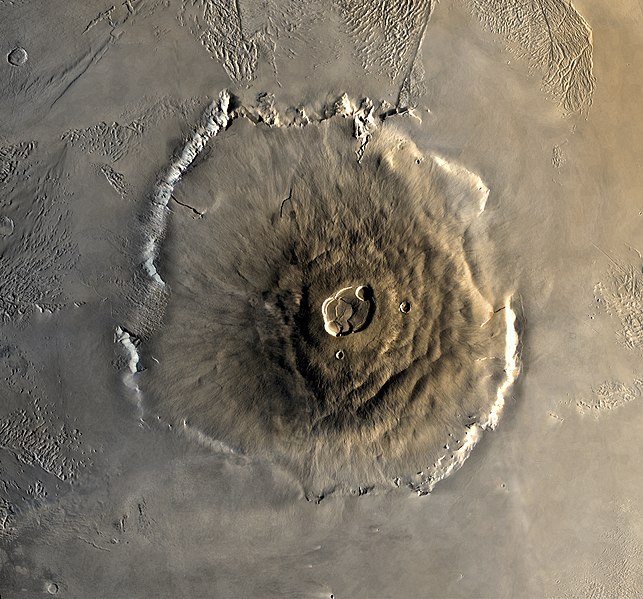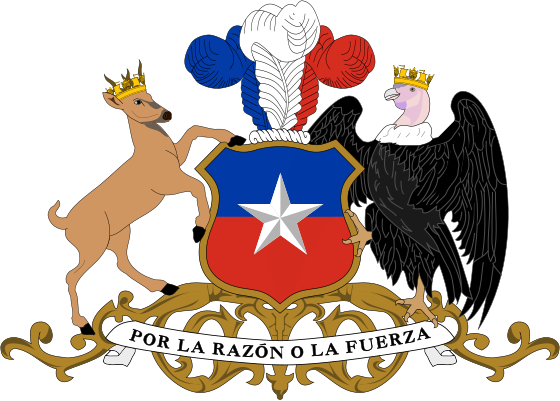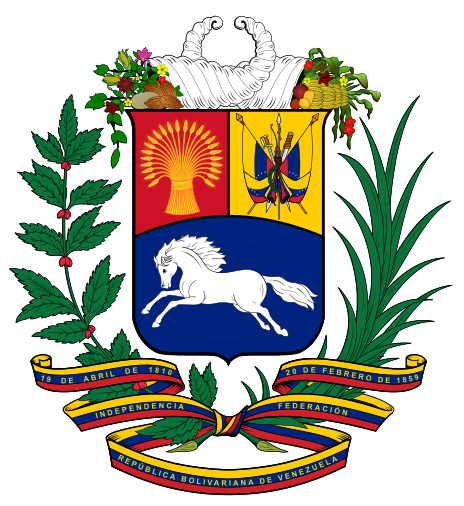 |
| Mars from the Hubble Telescope NASA |
It may be a long time before we have prospector’s boots on
ground on Mars, but we already
know the Red Planet has gold deposits. Gold and other valuable minerals on Mars will
be associated with such geologic features as volcanoes, lava flows and impact
craters. Because the Red Planet has a
totally different history, atmosphere and chemistry then Earth it is certain
that many of the minerals found on Mars will be different then minerals found
on Earth. Another thing that is certain
it will be a long time before any of these minerals and ores will find their
way back to Earth.
Since all the elements in the universe other than hydrogen
and helium are the results of atomic fusion that has
taken place inside of stars and is a byproduct of supernova's gold can be found
throughout the universe as a universal substance. You might consider gold and
the other elements as leftovers from the formation of a supernova.
 |
| Olympus Mons the largest volcano on Mars and the largest known volcano in the Solar Ststem NASA |
Future prospectors on Mars are likely to find valuable
mineral deposits in some usual locations according to planetary scientists that
have been studying different ways to valuable deposits of metal ores can be
concentrated on the red planet Mars as well as all the other planets in the
universe.
The only environment that we have observed so far are those
found on Earth or surface waters, ground waters and even chemicals left by
lifeforms have played a major role in leaching, concentrating and depositing
different kinds of valuable metal deposits including gold, silver, nickel,
copper, iron and all the rest of the valuable minerals.
At present there is no surface water visible on
Mars but there is plenty of evidence visible themselves this used to be running
water across the surface of Mars. This fact indicates that there is ample
evidence to support the idea of finding place or deposits on the surface of
Mars where gold and other metals have been concentrated by the action of
running water as well as wind. Other than these placer deposits question is
raised where else does the starving prospector look for gold and other valuable
metals on Mars.
 |
| Valleys and canyons on the surface of Mars as seen from the orbiter HiRise NASA |
According to planetary scientist Michael West of the
Australian national University in Canberra
and the Mars Institute is desirable minerals would be found around volcanoes
and impact craters. One of the great differences in prospecting on Mars versus
the planet Earth is that on Mars the planet is so cold that even groundwater is
turned to ice as permafrost so that it functions little more than as another
mineral in the ground.
Yes, there is gold to be found on Mars but don't count on
putting any evidence of it in Fort Knox
for a few more years at least.












.svg/452px-Coat_of_arms_of_Puerto_Rico_(Variant).svg.png)

